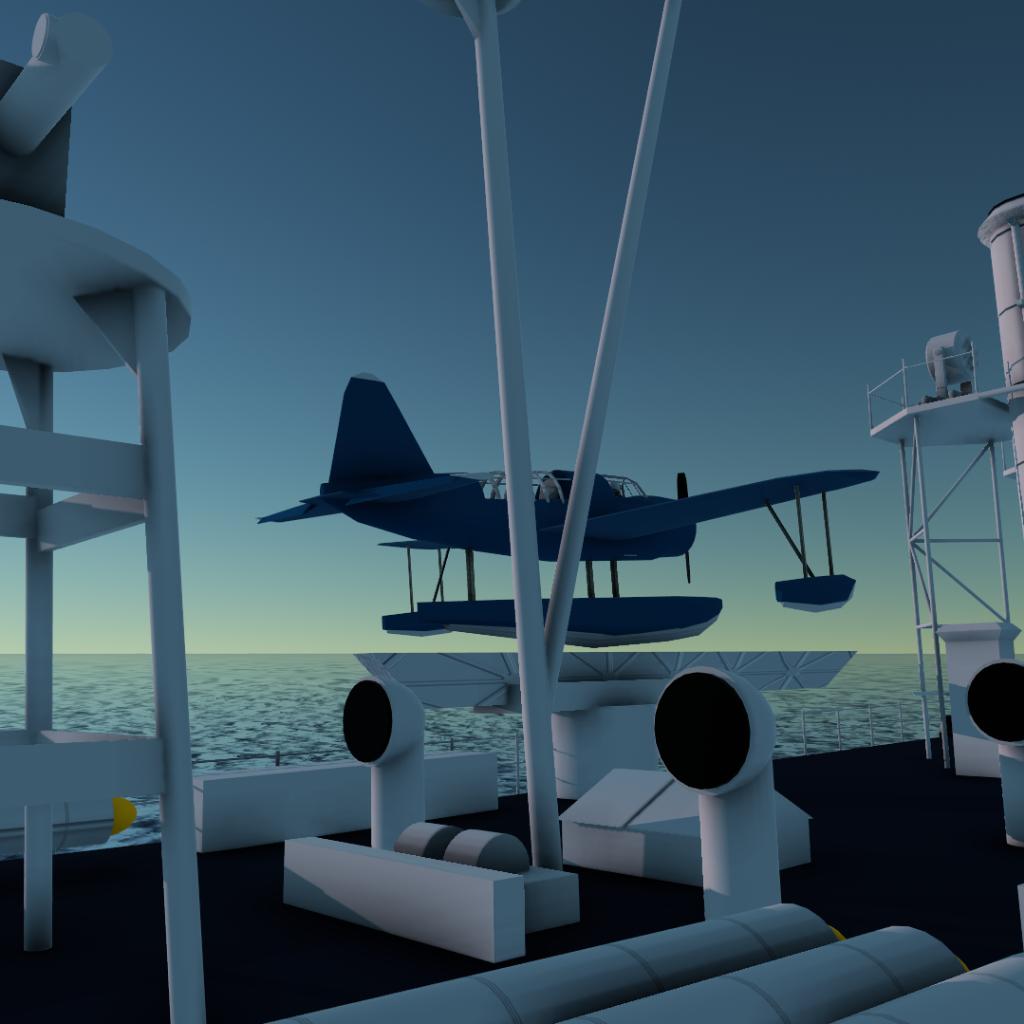History:
Maneuvers conducted in January 1915 made it clear that the US Atlantic Fleet lacked the fast cruisers necessary to provide information on the enemy's position, deny the enemy information of the fleet's own position, and screen friendly forces. Built to scout for a fleet of battleships, the Omaha class featured high speed (35 kn (65 km/h; 40 mph)) for cooperation with destroyers, and 6-inch (152 mm) guns to fend off any destroyers the enemy might send against them. Displacing 7,050 long tons (7,160 t), they were just over 555 ft (169 m) long.
The Omaha class was designed specifically in response to the British Centaur subclass of the C-class cruiser. Although from a modern viewpoint, a conflict between the US and Great Britain seems implausible, US Navy planners during this time, and up to the mid-1930s, considered Britain to be a formidable rival for power in the Atlantic, and the possibility of armed conflict between the two countries plausible enough to merit appropriate planning measures.
The Omaha class mounted four smokestacks, a look remarkably similar to the Clemson-class destroyers (a camouflage scheme was devised to enhance the resemblance). Their armament showed the slow change from casemate-mounted weapons to turret-mounted guns. They carried twelve 6 in (150 mm)/53 caliber guns, of which four were mounted in two twin turrets, one fore and one aft, and the remaining eight in casemates; four on each side, at the corners of the superstructure. This gave them a broadside of eight guns. Launched in 1920, Omaha (designated C-4 and later CL-4) had a displacement of 7,050 long tons. The cruisers emerged with a distinctly old-fashioned appearance owing to their World War I-type stacked twin casemate-mount cannons and were among the last broadside cruisers designed anywhere.
Additional torpedo tubes and hydrophone installation was ordered. As a result of the design changes placed on the ship mid-construction, the vessel that entered the water in 1920, was a badly overloaded design that, even at the beginning, had been rather tight. The ships were insufficiently insulated, too hot in the tropics and too cold in the north. Sacrifices in weight savings in the name of increased speed led to severe compromise in the habitability of the ship. While described as a good ship in a seaway, the low freeboard led to frequent water ingestion over the bow and in the torpedo compartments and lower aft casemates. The lightly built hulls leaked, so that sustained high-speed steaming contaminated the oil tanks with sea water.
A serious flaw in these ships' subdivision was the complete lack of watertight bulkheads anywhere above the main deck or aft on the main deck.
These drawbacks notwithstanding, the US Navy took some pride in the Omaha class. They featured improved compartmentalization; propulsion machinery was laid out on the unit system, with alternating groups of boiler rooms and engine rooms, to prevent immobilization by a single torpedo hit. Magazines were the first to be placed on centerline, below the waterline. These were also the first U.S. Navy cruisers designed after the switch from coal to oil-fired boilers.
Originally designed to serve as scouts, they served throughout the interwar period as leaders of fleet flotillas, helping them resist enemy destroyer attack. Tactical scouting became the province of cruiser aircraft, and the distant scouting role was taken over by the new heavy cruisers spawned by the Washington Naval Treaty. Thus, the Omaha class never performed their designed function. They were relegated to the fleet-screening role, where their high speed and great volume of fire were most appreciated.
How to use:
Open AG 1







The battleship is in space lol.